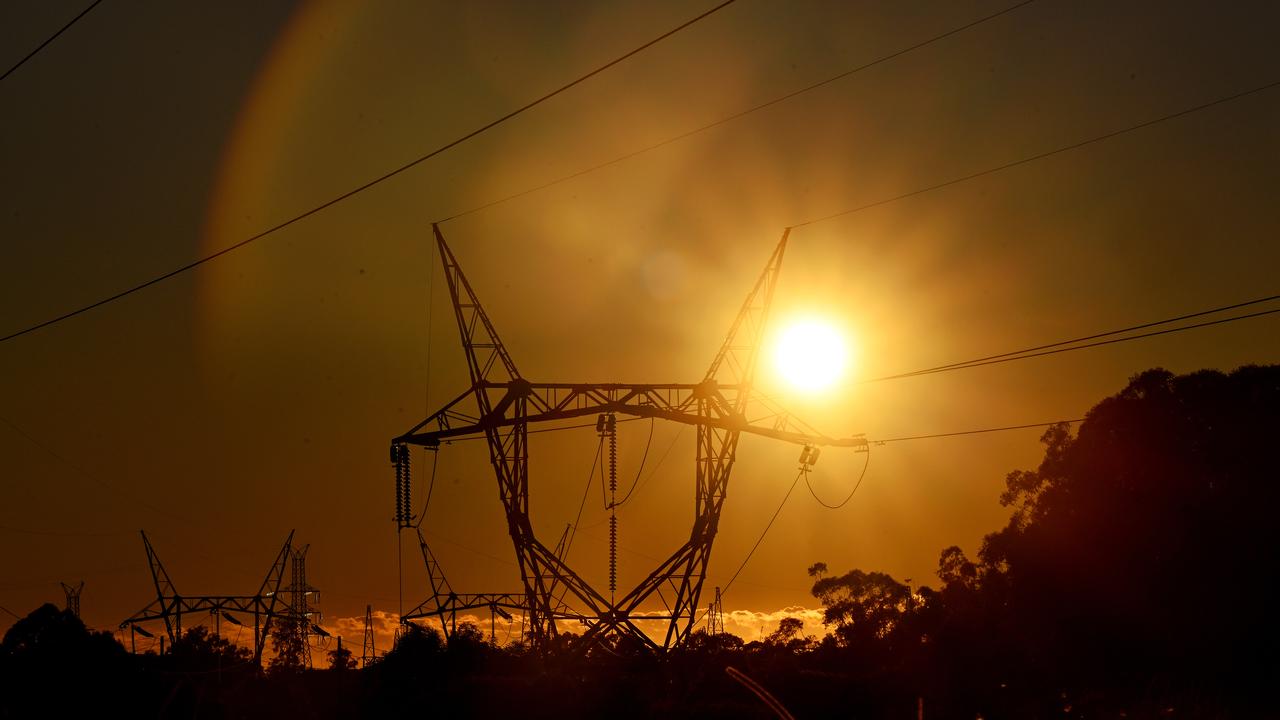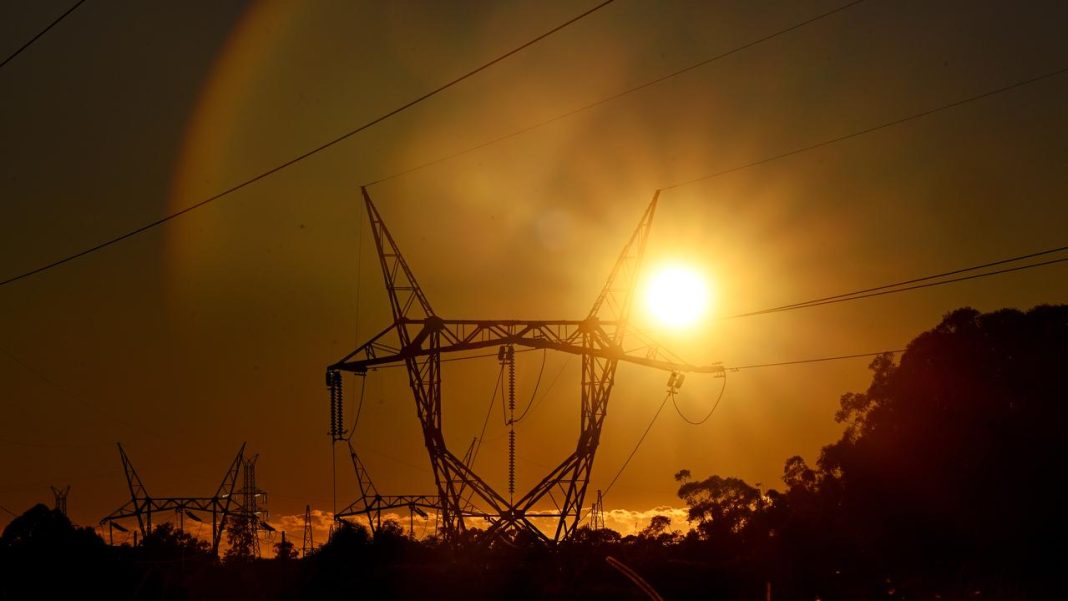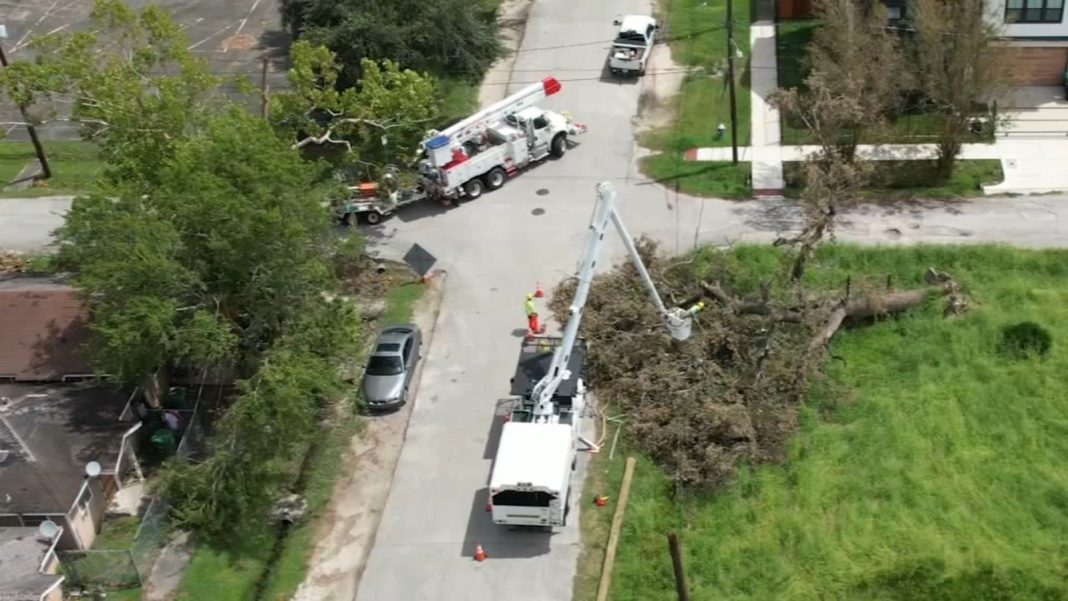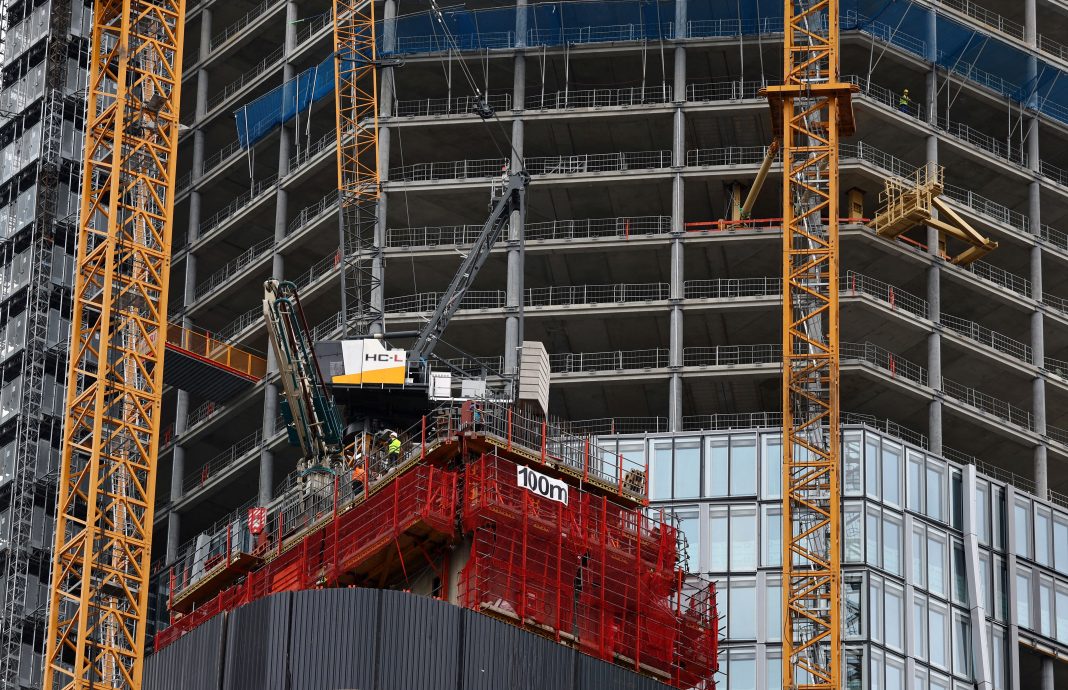 The Impact of Transmission Infrastructure Delays on Electricity Costs
The Impact of Transmission Infrastructure Delays on Electricity Costs
Introduction:
According to a report by Nexa Advisory, delays in transmission infrastructure upgrades could lead to a significant increase in electricity costs in New South Wales (NSW). The report emphasizes the importance of updating the transmission network to accommodate the new capacity from renewable energy sources. The cost implications of these delays are expected to be most significant in NSW, potentially adding up to $1,100 per year to residential consumers’ electricity bills.
The Impact on Small Businesses:
Small businesses in NSW are also likely to bear the brunt of these transmission delays. The report indicates that they could face an increase of up to $7,716 per year, with even higher costs reaching $24,124 if there is a seven-year delay. These additional expenses could contribute to inflationary pressures and have broader knock-on effects on the economy.
The Need for Renewable Energy Expansion:
To replace aging coal-fired power stations and transition to a clean energy power system, Australia needs to effectively plan and deliver thousands of kilometers of transmission lines in the next decade. Nexa Advisory CEO Stephanie Bashir stresses the urgency of speeding up the renewable energy rollout and moving away from coal to avoid jeopardizing the financial future of Australian families and businesses.
Potential Consequences of Delayed Transmission Buildout:
The report warns that delayed transmission buildout will result in a greater reliance on thermal coal assets to meet energy demand. This reliance on coal is likely to contribute to higher wholesale prices and increased emissions across the National Electricity Market. Queensland, however, is expected to experience a muted impact due to its lesser dependence on transmission interconnection and a younger, more reliable coal fleet.
Challenges in Building Transmission Infrastructure:
A separate research report by Ernst and Young (EY) highlights the challenges faced in building the necessary transmission infrastructure. EY identifies supply chain challenges, labor constraints, and the approvals process as major obstacles. The report estimates that Australia will require approximately 10,000 kilometers of new transmission lines by 2050 to achieve its renewable energy targets.
Renewable Energy Zone Approval in NSW:
In June, the NSW government approved the Central-West Orana Renewable Energy Zone (REZ) transmission project. This approval allows for the construction of transmission infrastructure to connect solar, wind, and energy storage projects to the electricity grid. The government expects this project to drive $20 billion in private investment and create 5,000 jobs. The project aims to deliver 4.5 gigawatts of transmitted electricity, equivalent to powering 1.8 million homes.
Political Perspectives on Energy Transition:
With regards to the energy transition, the federal Labor government is committed to reaching net-zero emissions by 2050 and transitioning the energy grid to 82 percent renewables by 2030. In contrast, if the Liberal-National Coalition wins the next election, they plan to build seven nuclear power plants to support the push towards net-zero emissions.
Conclusion:
The delays in transmission infrastructure upgrades pose a significant challenge to Australia’s energy transition and could lead to higher electricity costs for households and businesses. The report by Nexa Advisory emphasizes the need for urgent action, accountability, coordination, and rigor in planning and delivering the necessary transmission lines. To achieve renewable energy targets, Australia must overcome supply chain challenges, labor constraints, and regulatory hurdles. The approval of the Central-West Orana Renewable Energy Zone transmission project in NSW is a step in the right direction, driving private investment and job creation. However, political perspectives on the energy transition vary, with different parties proposing different solutions. Ultimately, a concerted effort is required to ensure a smooth and cost-effective transition to a clean energy future.


